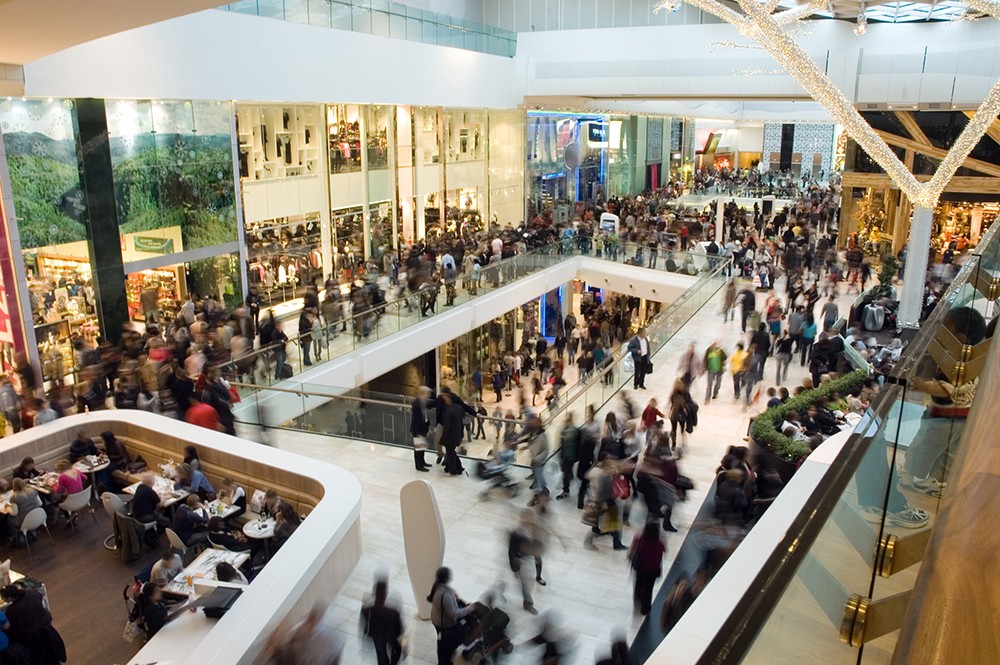
10 scary retail shrink statistics
Whether your retail outlet has been targeted by shoplifters or you’re just looking to better understand the playing field, there are a host of facts and figures that indicate just how prevalent retail shrink is in America.
Here’s a quick recap of 10 scary retail shrink statistics in the US…
Loss costs US retailers almost $50 billion annually
The National Retail Federation (NRF) found shoplifting, employee theft, error and fraud cost the industry an astounding $46.8 billion in 2018 alone.
In context, that means shrink sees the industry lose 1.33 per cent in sales.
Most loss is due to shoplifting
In the US, shoplifting and organized retail crime (ORC) are the prime contributors to retail shrink, with the NRF noting 35.7 per cent of loss is due to external theft, outpacing employee theft at 33.2 per cent, administrative error at 18.8 per cent, unknown loss at 6.6 per cent and vendor fraud or error at 5.8 per cent.
External theft has been the primary source of retail loss for the past four years in a row.
The average incident cost has almost doubled
The average cost of a shoplifting incident has almost doubled to $559 since 2015.
Shrink is costing retailers more
In 2018, 20 per cent of NRF survey of respondents reported shrink at 2 per cent of sales or more. That is up from only 17.1 per cent reporting a shrink rate above 2 per cent in 2015.
1 in 11 Americans shoplift
Past figures from the National Association of Shoplifting Prevention indicate one in 11 Americans shoplift. In cold hard numbers, that means 27 million Americans are shoplifters, while 10 million have been caught in the act at some point in the past five years.
There are three types of shoplifters
Researchers commonly break shoplifters down into three distinct categories:
- The professional – This shoplifter steals for economic gain as part of a group or individually.
- The amateur – This shoplifter steals for the “rush”, at the behest of friends or out of simple necessity.
- The opportunist – This type of shoplifter rarely enters a retail environment intending to steal, but rather takes items because security is lacking, or the opportunity is available.
A repeat offence
A FaceFirst study found 60 per cent of known shoplifters enter at least two separate locations of the same retail chain, while 20 per cent visit three or more locations.
Shoplifters steal for a variety of reasons
Shoplifters steal for both rational and non-rational reasons, with researchers noting they usually steal due to one of five factors:
- Socio-economic disadvantage
- To fund drug use/addiction
- Thrill seeking
- Kleptomania
- Absent mindedness
Footwear is a frequent target
Looking across the verticals at what thieves are most likely to target, the most recent Global Retail Theft Barometer indicates the most commonly shoplifted items in America are:
- The apparel sector – footwear
- In DIY/home improvement – power tools
- In electronics – mobile devices and accessories
- In food and beverages – wine and liquor
- In health and beauty – fragrances and perfumes
When people shoplift
In the US winter is prime shoplifting season, along with sales periods. Much of that theft is driven by the festive season, with 81 per cent of winter losses occurring during holidays/festivities.
This shrinkage is prompted by increased foot traffic throughout stores, making it harder to track and detect theft, and is then further complicated by casual employees, who often have less training in store protocols and shoplifting detection.


